Spatiotemporal Analytics is the next Generation capability to drive informed decision making
AUG 21, 2023

Spatiotemporal analytics represents the intersection of space (spatial) and time (temporal) in the analysis of data, and it’s becoming increasingly critical as vast amounts of data are generated in real-time across various locations. Here are some reasons why spatiotemporal analytics can be considered a next-generation capability for informed decision-making:
- Volume and Velocity of Data: We are in an era where data is being produced at an unprecedented scale and speed, particularly from IoT devices, mobile devices, satellites, and other sensors. Spatiotemporal analytics allows organizations to manage, analyze, and derive insights from this data.
- Real-time Decision Making: Many industries, from transportation and logistics to public health, require real-time analysis for effective decision-making. Spatiotemporal analytics allows for insights to be generated as events unfold, facilitating immediate responses.
- Richer Contextual Insights: Traditional analytics often focus on single dimensions of data. By analyzing both the spatial and temporal aspects, decision-makers get a fuller, more contextual understanding of events, trends, and patterns.
- Predictive Analysis: With the ability to track patterns over time and across locations, spatiotemporal analytics aids in forecasting future events or trends. This is invaluable for industries like agriculture, where predicting weather patterns can be crucial, or in city planning, where understanding traffic patterns can guide infrastructure development.
- Enhanced Visualization: Geospatial visualizations, combined with time-based animations, can simplify complex data sets, making it easier for decision-makers to see patterns, anomalies, and connections.
- Interdisciplinary Applications: Spatiotemporal analytics has applications across various domains. In healthcare, it can track the spread of diseases. In retail, it can analyze consumer behavior patterns based on location and time. In environmental science, it can monitor changes in ecosystems or climate.
- Integration with Emerging Technologies: As technologies like augmented reality (AR) and virtual reality (VR) continue to evolve, the ability to overlay spatiotemporal data can lead to even more immersive and informative experiences.
- Improved Efficiency and Resource Allocation: By understanding how resources are utilized across time and space, organizations can optimize operations, reduce costs, and improve service delivery.
To maximize the potential of spatiotemporal analytics, organizations will need to invest in infrastructure and software. It will be crucial for decision-makers to collaborate with data scientists, analysts, and other professionals who understand the nuances of spatiotemporal data.
In conclusion, as the world continues to generate increasing volumes of data with spatial and temporal dimensions, spatiotemporal analytics will indeed be a defining capability for organizations seeking to drive informed decisions in the future.